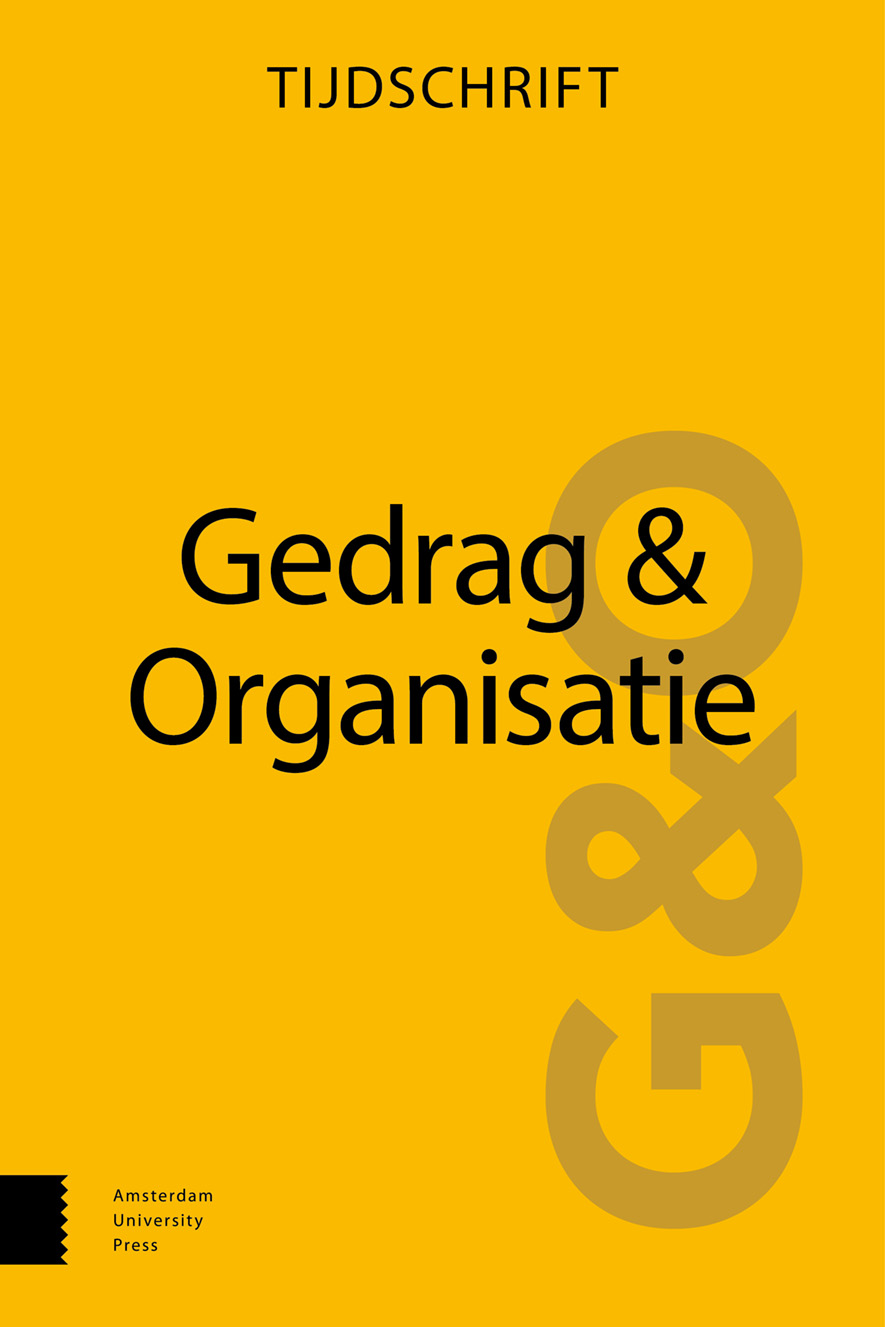-
oa Door de ogen van de beoordelaar: onderzoek naar similar-to-me-effecten op scores van cultureel diverse kandidaten op het assessment center
- Amsterdam University Press
- Source: Gedrag & Organisatie, Volume 34, Issue 2, Jun 2021, p. 270 - 296
- Previous Article
- Table of Contents
- Next Article
Abstract
McCarthy et al. (2010) en Sacco et al. (2003) vonden geen effect van demografische gelijkenis tussen beoordelaar en kandidaat op beoordelingen van het selectie-interview. Beide studies onderzochten hiërarchisch lineaire modellen (HLM). Gebruikmakend van eenzelfde HLM-procedure is binnen het huidige onderzoek nagegaan wat het effect is van gelijkenis op scores die gegeven zijn aan cultureel diverse kandidaten tijdens de selectie van politieagenten op een ander veelgebruikt instrument, namelijk het assessment center (AC). Meer specifiek onderzochten we het similar-to-me-effect van demografische gelijkenis (d.w.z. culturele gelijkenis van de beoordelaar ten aanzien van de kandidaat) en van waargenomen gelijkenis (d.w.z. gelijkenis ten aanzien van specifieke culturele groepen, zoals waargenomen door individuele beoordelaars) op scores op het AC. Demografisch similar-to-me bleek gerelateerd te zijn aan Agency-scores van autochtoon Nederlandse kandidaten en kandidaten met een migratieachtergrond, maar niet aan Communion-scores. Waargenomen similar-to-me had geen effect op de beoordelingen van het AC (d.w.z. Agency en Communion). In zijn algemeenheid bleken de effectgrootten erg klein (R2 < .015). Derhalve kan worden geconcludeerd dat we geen bewijs vonden voor een differentieel effect van gelijkenis op de beoordeling van het AC van cultureel diverse kandidaten, wat bevindingen van McCarthy et al. en Sacco et al. repliceert en uitbreidt.


